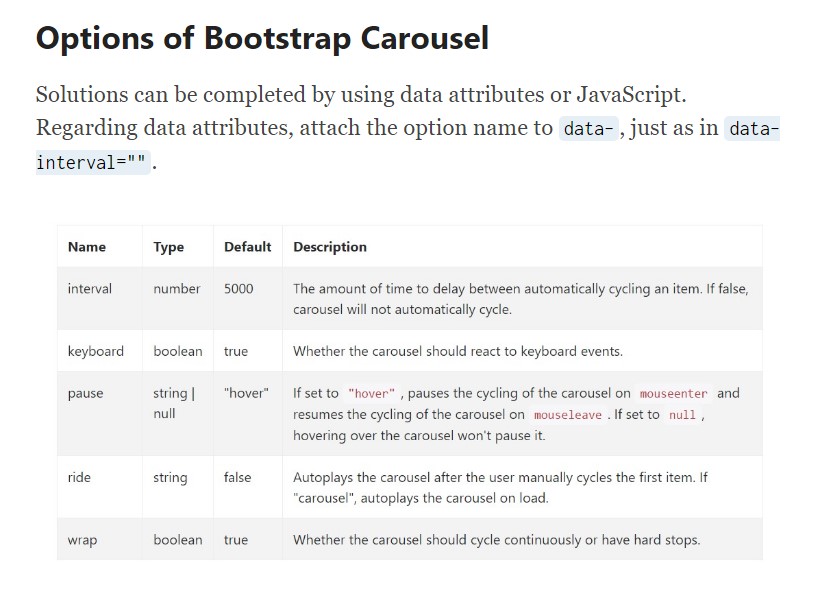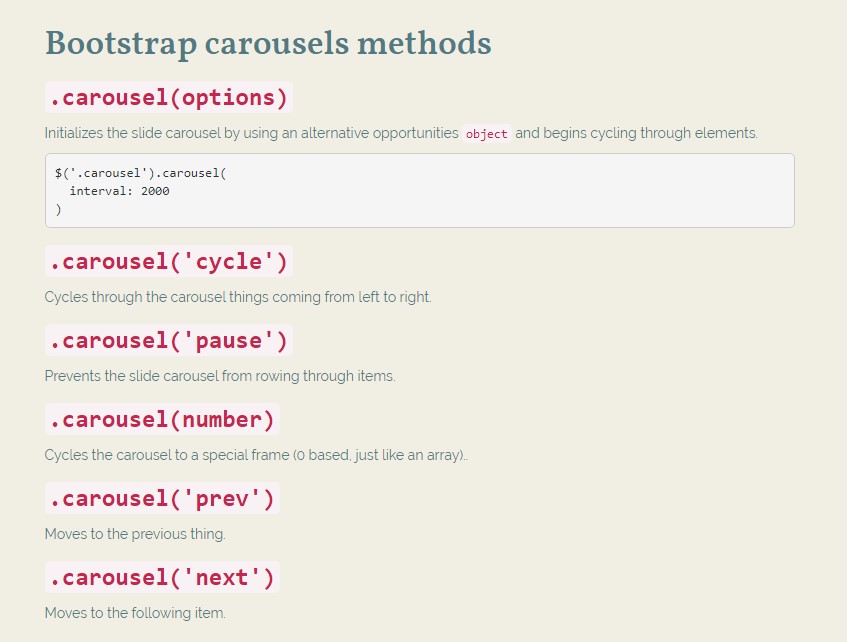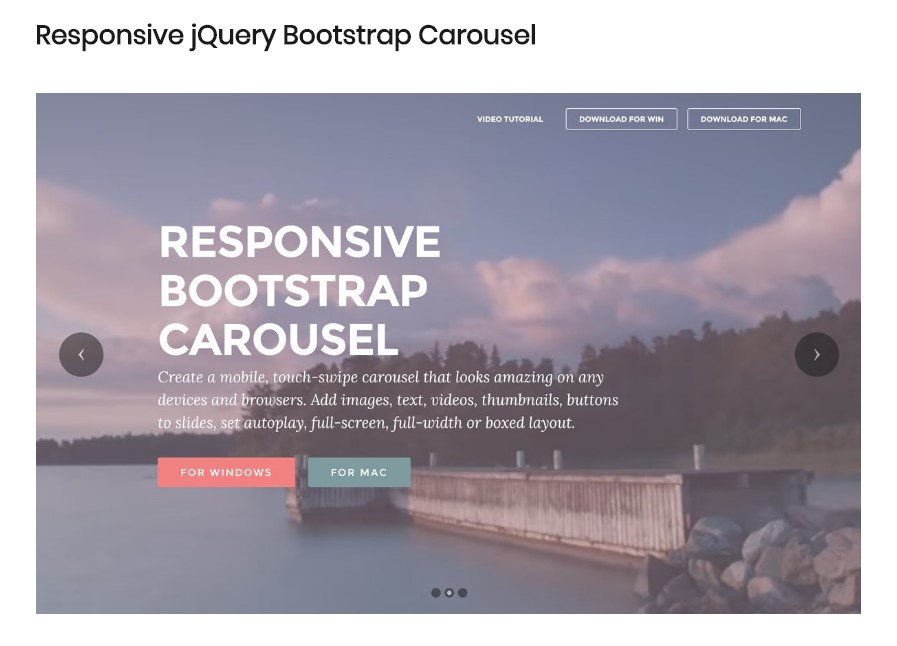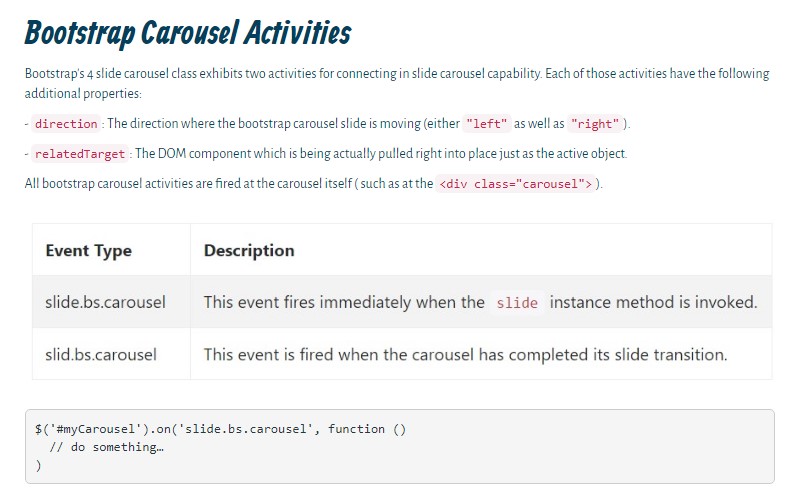Bootstrap Carousel Mobile
Overview
Who does not prefer shifting images having amazing cool subtitles and text message clarifying what exactly they show, better delivering the information or else why not even more desirable-- also coming with a couple of switches as well calling up the website visitor to have some action at the very start of the webpage considering that these are commonly placed in the beginning. This has been dealt with in the Bootstrap framework with the integrated carousel element which is fully supported and pretty easy to receive as well as a clean and plain structure.
The Bootstrap Carousel Image is a slide show for cycling over a set of material, built with CSS 3D transforms and a little bit of JavaScript. It deals with a series of pics, message, as well as custom-made markup. It also provides service for previous/next commands and hints.
How you can work with the Bootstrap Carousel Image:
All you need is a wrapper feature along with an ID to include the entire carousel component coming with the
.carousel.slidedata-ride="carousel"carousel-inner.carousel-innerFor example
Slide carousels don't instantly change slide proportions. As such, you may likely need to put into action special functions or maybe custom designs to correctly scale web content. While carousels maintain previous/next controls and indicators, they are actually not explicitly required. Custom and incorporate considering that you see fit.
Don't forget to set a original id on the
.carouselSolely slides
Here's a Bootstrap Carousel Effect using slides solely . Note the exposure of the
.d-block.img-fluid<div id="carouselExampleSlidesOnly" class="carousel slide" data-ride="carousel">
<div class="carousel-inner" role="listbox">
<div class="carousel-item active">
<div class="img"><img class="d-block img-fluid" src="..." alt="First slide"></div>
</div>
<div class="carousel-item">
<div class="img"><img class="d-block img-fluid" src="..." alt="Second slide"></div>
</div>
<div class="carousel-item">
<div class="img"><img class="d-block img-fluid" src="..." alt="Third slide"></div>
</div>
</div>
</div>What's more?
You have the ability to additionally establish the time each slide becomes revealed on webpage with adding in a
data-interval=" ~ number in milliseconds ~". carouselSlide-show with controls
The navigation around the slides gets done with defining two hyperlink components with the class
.carousel-control.left.rightrole=" button"data-slide="prev"nextThis so far comes to assure the controls will operate properly but to also ensure that the visitor realises these are currently there and understands precisely what they are performing. It additionally is a really good idea to place a couple of
<span>.icon-prev.icon-next.sr-onlyNow for the necessary part-- positioning the certain pictures that need to materialize in the slider. Each and every picture feature ought to be wrapped inside a
.carousel-item.item classIncluding in the next and previous controls:
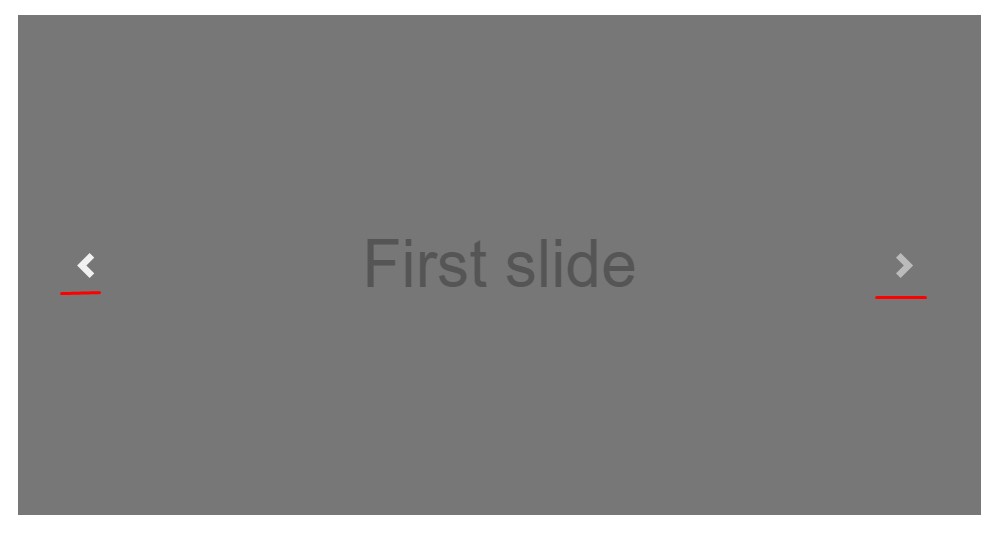
<div id="carouselExampleControls" class="carousel slide" data-ride="carousel">
<div class="carousel-inner" role="listbox">
<div class="carousel-item active">
<div class="img"><img class="d-block img-fluid" src="..." alt="First slide"></div>
</div>
<div class="carousel-item">
<div class="img"><img class="d-block img-fluid" src="..." alt="Second slide"></div>
</div>
<div class="carousel-item">
<div class="img"><img class="d-block img-fluid" src="..." alt="Third slide"></div>
</div>
</div>
<a class="carousel-control-prev" href="#carouselExampleControls" role="button" data-slide="prev">
<span class="carousel-control-prev-icon" aria-hidden="true"></span>
<span class="sr-only">Previous</span>
</a>
<a class="carousel-control-next" href="#carouselExampleControls" role="button" data-slide="next">
<span class="carousel-control-next-icon" aria-hidden="true"></span>
<span class="sr-only">Next</span>
</a>
</div>Putting into action signs
You can as well put in the hints to the carousel, alongside the controls, too
Within the primary
.carousel.carousel-indicatorsdata-target="#YourCarousel-ID" data-slide-to=" ~ appropriate slide number ~"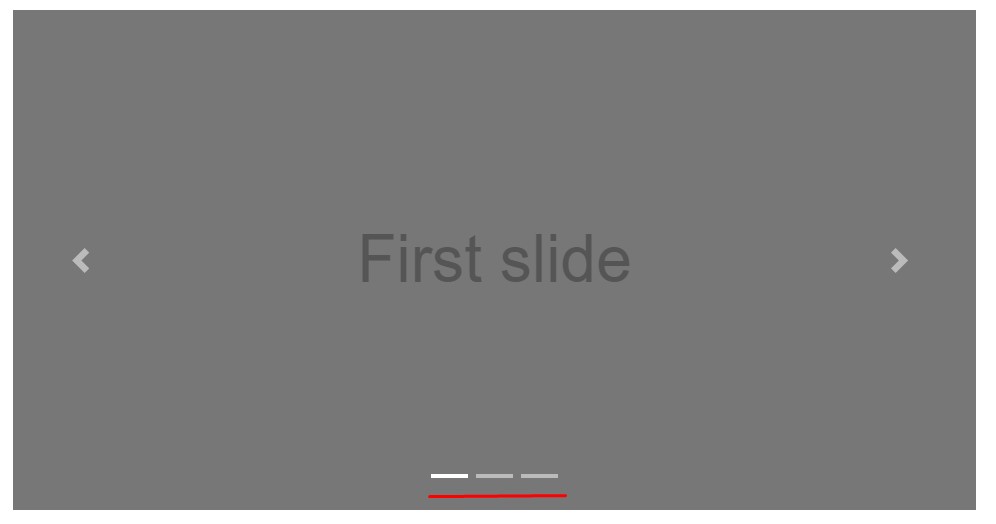
<div id="carouselExampleIndicators" class="carousel slide" data-ride="carousel">
<ol class="carousel-indicators">
<li data-target="#carouselExampleIndicators" data-slide-to="0" class="active"></li>
<li data-target="#carouselExampleIndicators" data-slide-to="1"></li>
<li data-target="#carouselExampleIndicators" data-slide-to="2"></li>
</ol>
<div class="carousel-inner" role="listbox">
<div class="carousel-item active">
<div class="img"><img class="d-block img-fluid" src="..." alt="First slide"></div>
</div>
<div class="carousel-item">
<div class="img"><img class="d-block img-fluid" src="..." alt="Second slide"></div>
</div>
<div class="carousel-item">
<div class="img"><img class="d-block img-fluid" src="..." alt="Third slide"></div>
</div>
</div>
<a class="carousel-control-prev" href="#carouselExampleIndicators" role="button" data-slide="prev">
<span class="carousel-control-prev-icon" aria-hidden="true"></span>
<span class="sr-only">Previous</span>
</a>
<a class="carousel-control-next" href="#carouselExampleIndicators" role="button" data-slide="next">
<span class="carousel-control-next-icon" aria-hidden="true"></span>
<span class="sr-only">Next</span>
</a>
</div>Incorporate various titles additionally.
Incorporate subtitles to your slides with ease using the .carousel-caption element inside of any .carousel-item.
In order to add in a few underlines, information and switches to the slide add in an excess
.carousel-captionThey can certainly be conveniently hidden on smaller sized viewports, like presented below, utilizing optionally available screen functions. We cover them primarily through
.d-none.d-md-block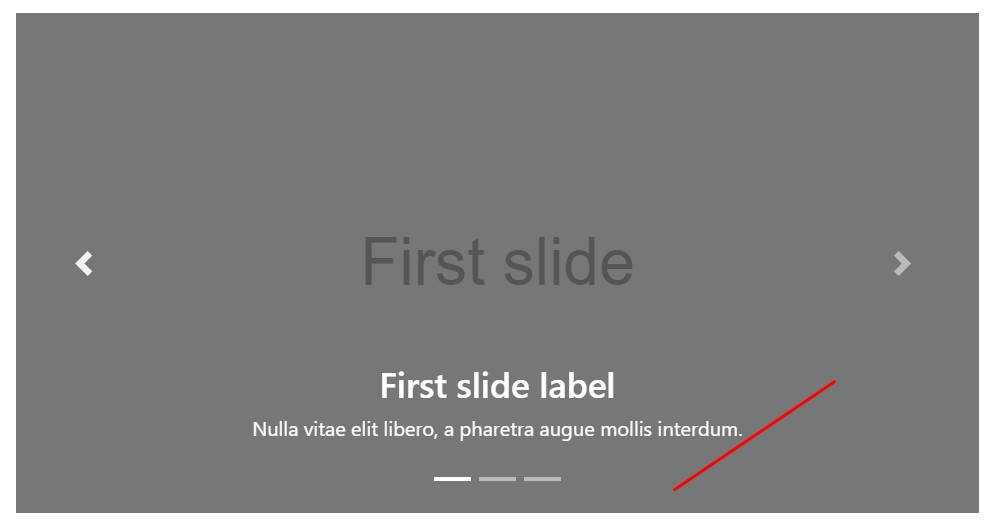
<div class="carousel-item">
<div class="img"><img src="..." alt="..."></div>
<div class="carousel-caption d-none d-md-block">
<h3>...</h3>
<p>...</p>
</div>
</div>A bit more secrets
A cool technique is in the event that you want to have a hyperlink or a tab in your webpage to direct to the slide carousel but at the same time a certain slide in it being viewable at the time. You may actually doing so with appointing
onclick=" $(' #YourCarousel-ID'). carousel( ~ the required slide number );"Usage
By means of data attributes
Use data attributes in order to easily direct the setting of the carousel
.data-slideprevnextdata-slide-todata-slide-to="2"The
data-ride="carousel"Using JavaScript
Call slide carousel by hand having:
$('.carousel').carousel()Possibilities
Selections can be passed using data attributes or JavaScript. With regard to data attributes, attach the option title to
data-data-interval=""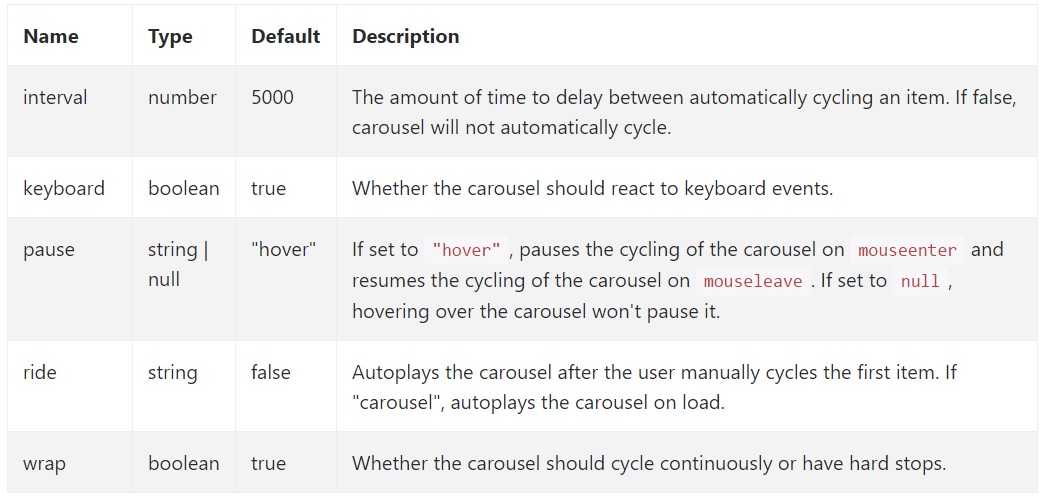
Approaches
.carousel(options)
.carousel(options)Initializes the slide carousel utilizing an optional opportunities
object$('.carousel').carousel(
interval: 2000
).carousel('cycle')
.carousel('cycle')Cycles through the carousel objects from left to right.
.carousel('pause')
.carousel('pause')Prevents the carousel from rowing through things.
.carousel(number)
.carousel(number)Moves the carousel to a certain frame (0 based, similar to an array)..
.carousel('prev')
.carousel('prev')Moves to the prior thing.
.carousel('next')
.carousel('next')Cycles to the next element.
Events
Bootstrap's slide carousel class uncovers two occurrences for connecteding in carousel useful functionality. Each of the events have the following supplemental properties:
direction"left""right"relatedTargetEvery one of carousel occurrences are set off at the slide carousel itself, such as at the
<div class="carousel">
$('#myCarousel').on('slide.bs.carousel', function ()
// do something…
)Conclusions
So essentially this is the method the slide carousel feature is structured in the Bootstrap 4 framework. It is actually really elementary plus straightforward . Nevertheless it is very an user-friendly and attractive method of showcasing a numerous information in less area the slide carousel component should however be utilized cautiously considering the clarity of { the message and the website visitor's comfort.
An excessive amount of illustrations could be missed out being discovered with scrolling down the web page and if they move very speedily it might end up being difficult actually viewing them or read the text messages which in turn could eventually mislead as well as annoy the site viewers or maybe an critical call to activity could be skipped out-- we sure do not want this particular to take place.
Look at a couple of on-line video information about Bootstrap Carousel:
Linked topics:
Bootstrap Carousel authoritative documents
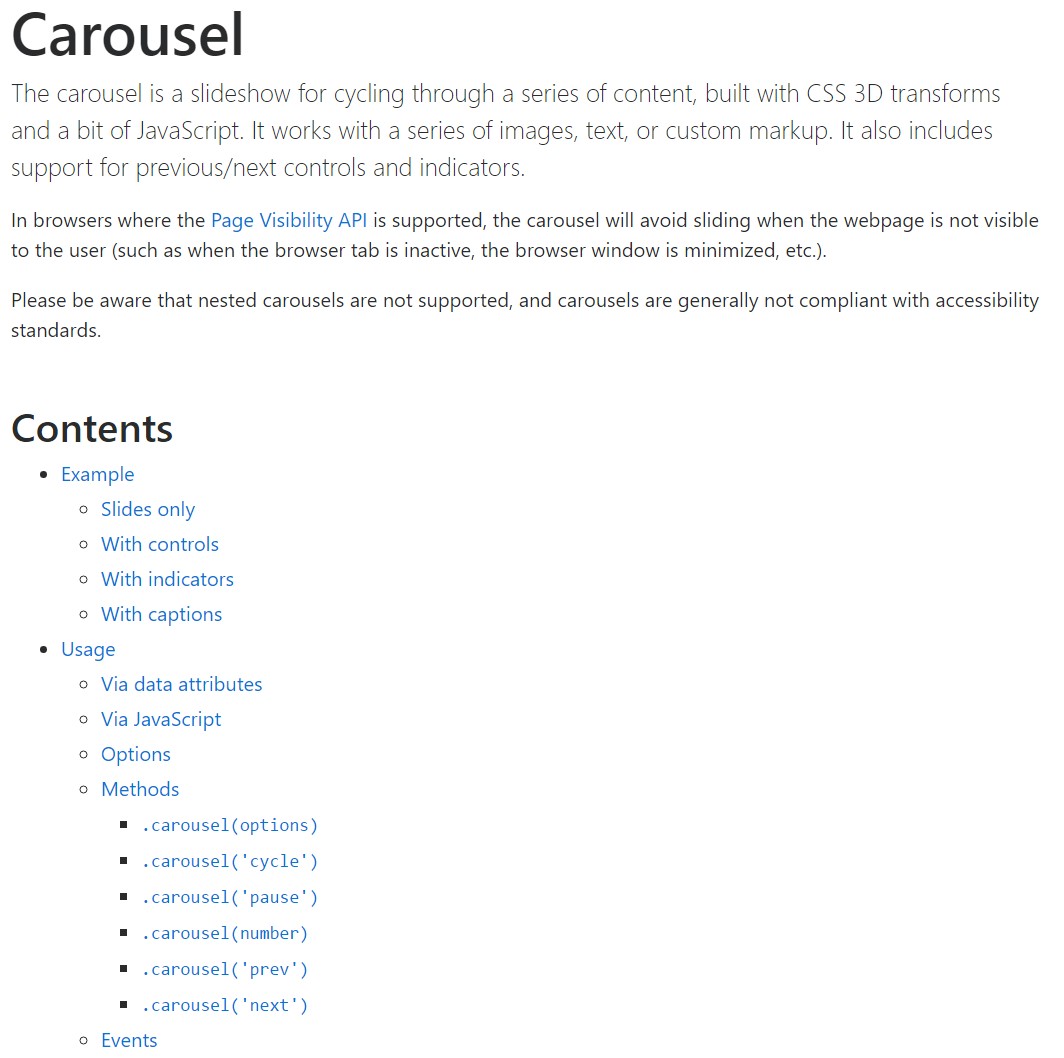
Mobirise Bootstrap Carousel & Slider

Bootstrap 4 Сarousel issue
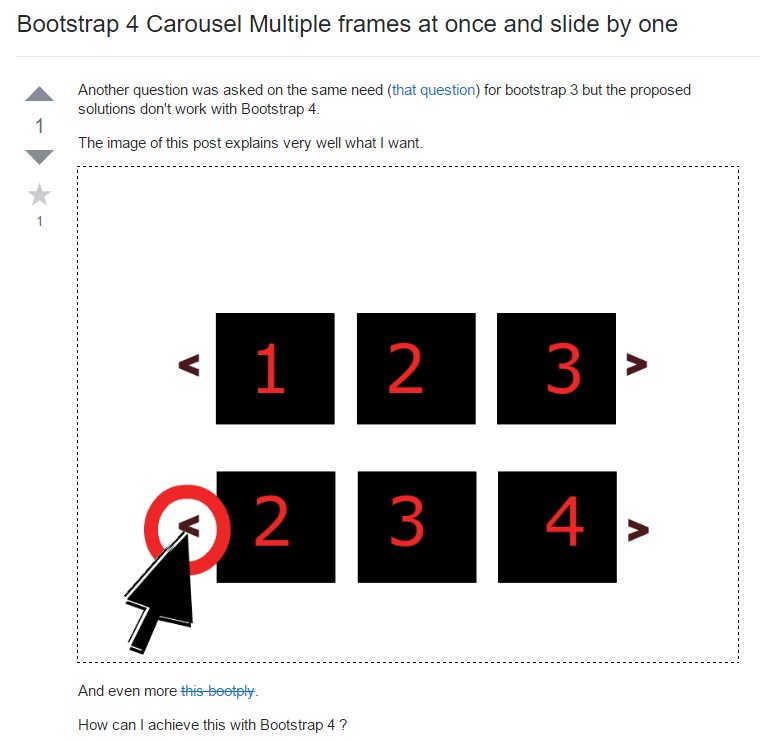
Responsive Bootstrap Carousel Slide
HTML Bootstrap Carousel with Swipe
jQuery Bootstrap 4 Carousel with Thumbnails
HTML Bootstrap Image Carousel Slide

